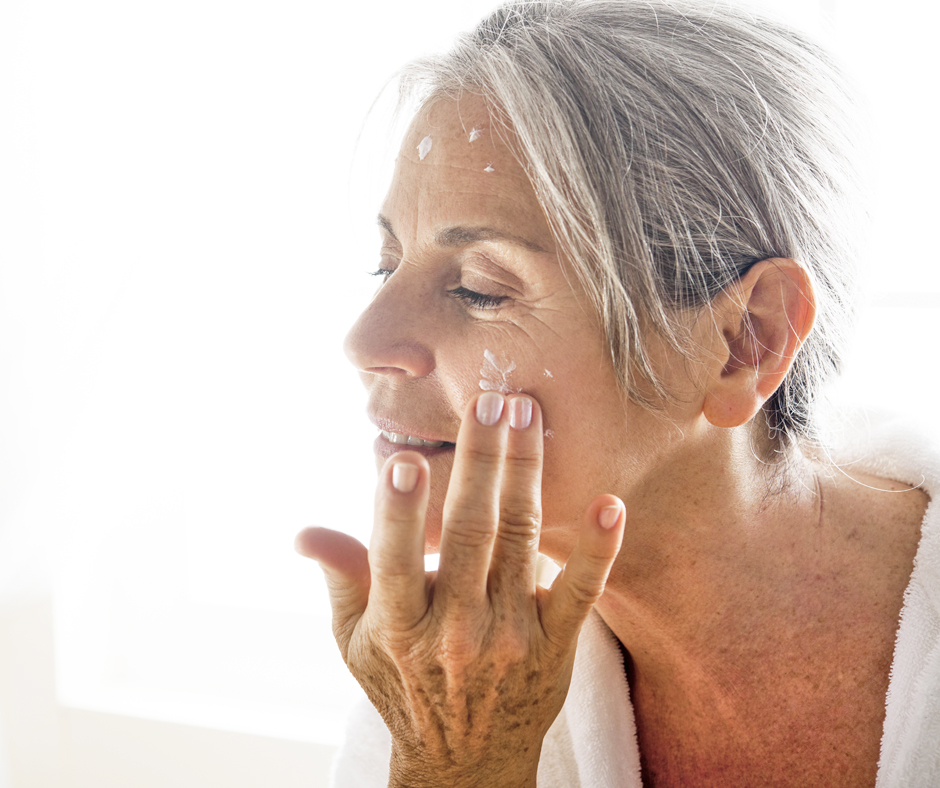Many people think of skin care as something that happens at the spa. But if you have diabetes, caring for your skin isn’t a luxury, but a true necessity.
People with diabetes are prone to a variety of skin conditions. They’re not only more susceptible to common ailments like itching and infections, but they can also develop serious diabetes-related skin problems that can lead to amputation or even death.
But that doesn’t mean you need to put your local spa on speed dial (unless you just want to.) There are some easy (and affordable) things you can do at home to keep your skin healthy and prevent unwanted issues. You may even recapture that youthful glow!
Here are our top six skin care tips for people with diabetes.
1. Moisturize.
Dry skin is a common symptom of diabetes. When your blood sugar is high, your body draws water away from the skin and organs to dilute your blood and lower your glucose levels. Dry skin can be itchy and irritating at best, but when left untreated it can lead to painful cracking and harmful skin infections.
Keeping your skin moisturized combats dryness and improves its flexibility to prevent cracking. You should apply a quality moisturizing cream to your skin each day, especially after washing or bathing and whenever your skin feels dry.
2. Use warm (not hot) water when bathing.
A hot shower or bath may soothe sore muscles, but it also strips your skin of moisture. Lower the temperature until it’s comfortably warm to keep your skin in top condition.
3. Choose gentle cleansers.
Speaking of showers, consider your choice in cleansers. Many commercial products contain harsh chemicals that can irritate your already sensitive skin. Choose a gentle, fragrance-free option or a product designed for diabetes to clean your skin with care.
4. Monitor your skin.
Advanced diabetes can cause nerve damage that decreases sensation in the hands and feet. As a result, people with diabetes can have cuts, sores, blisters, or other wounds that go unnoticed. Do a thorough examination of your skin at least once each day, especially in less-seen areas like between your toes, the soles of your feet, and under your arms.
5. Treat cuts and wounds immediately.
Even small scratches need immediate care to prevent infection. To treat cuts and wounds, wash the area with mild soap and water and cover it with sterile gauze. Don’t use antibiotic ointment unless instructed to do so by your doctor. If cuts or wounds are slow to heal, seek medical attention.
6. Manage your condition.
The best way to care for your skin is to keep your blood sugar levels under control. That includes eating a healthy diet, exercising regularly, and testing often with quality testing supplies like the ones we offer in our diabetes testing supply program.

